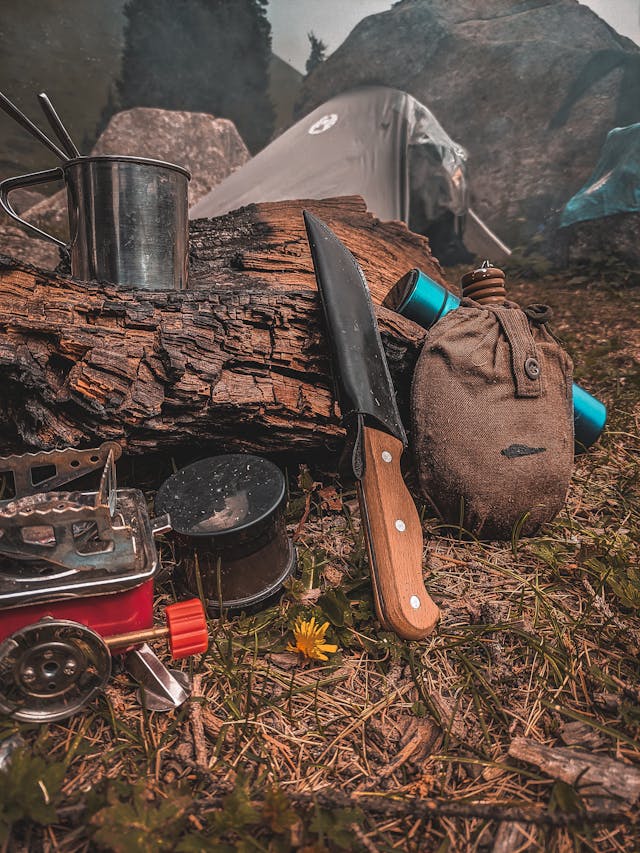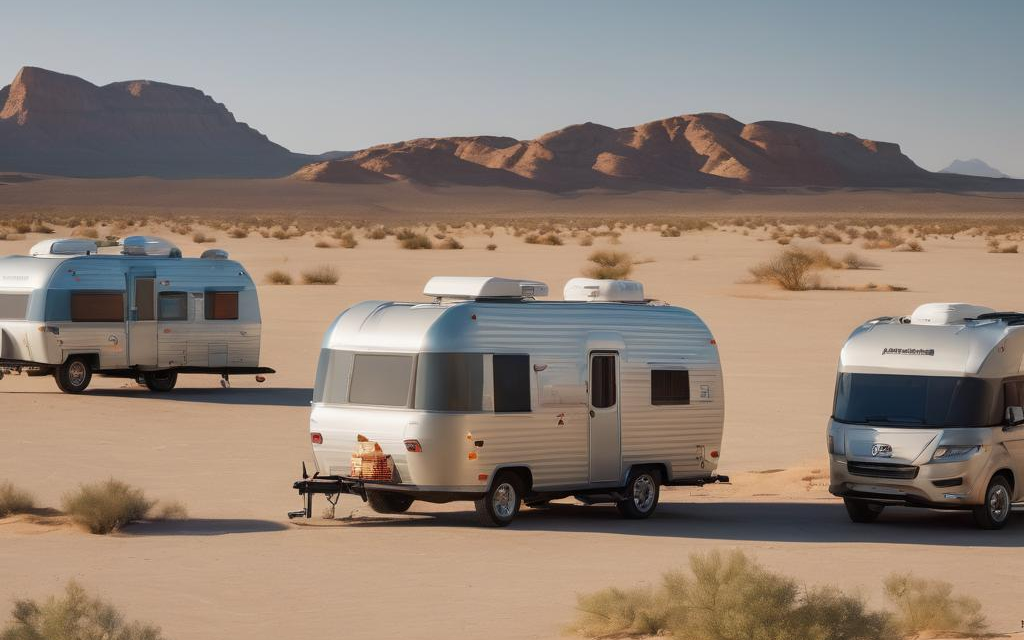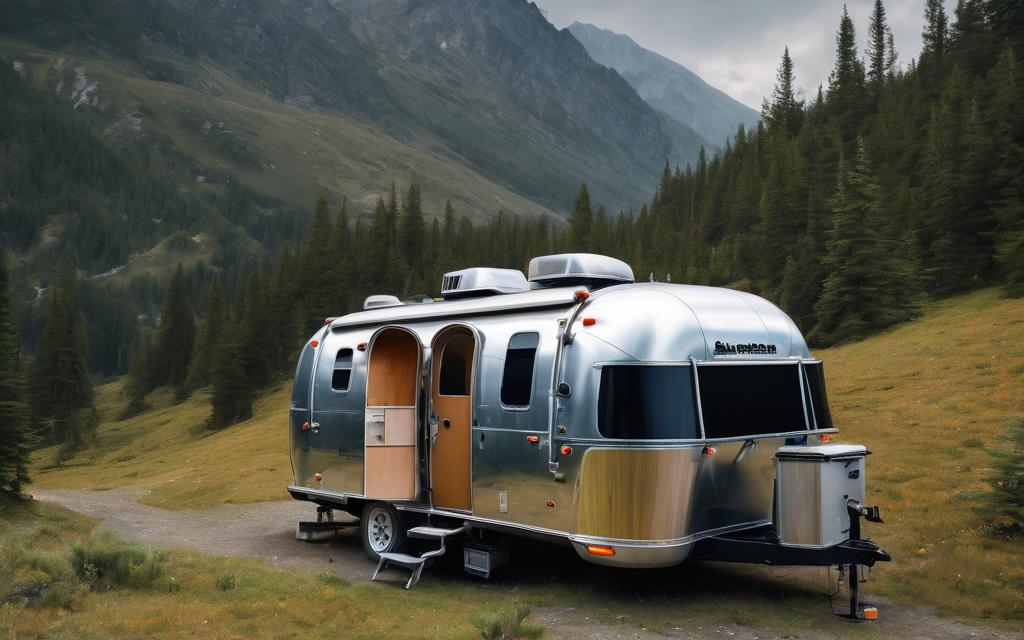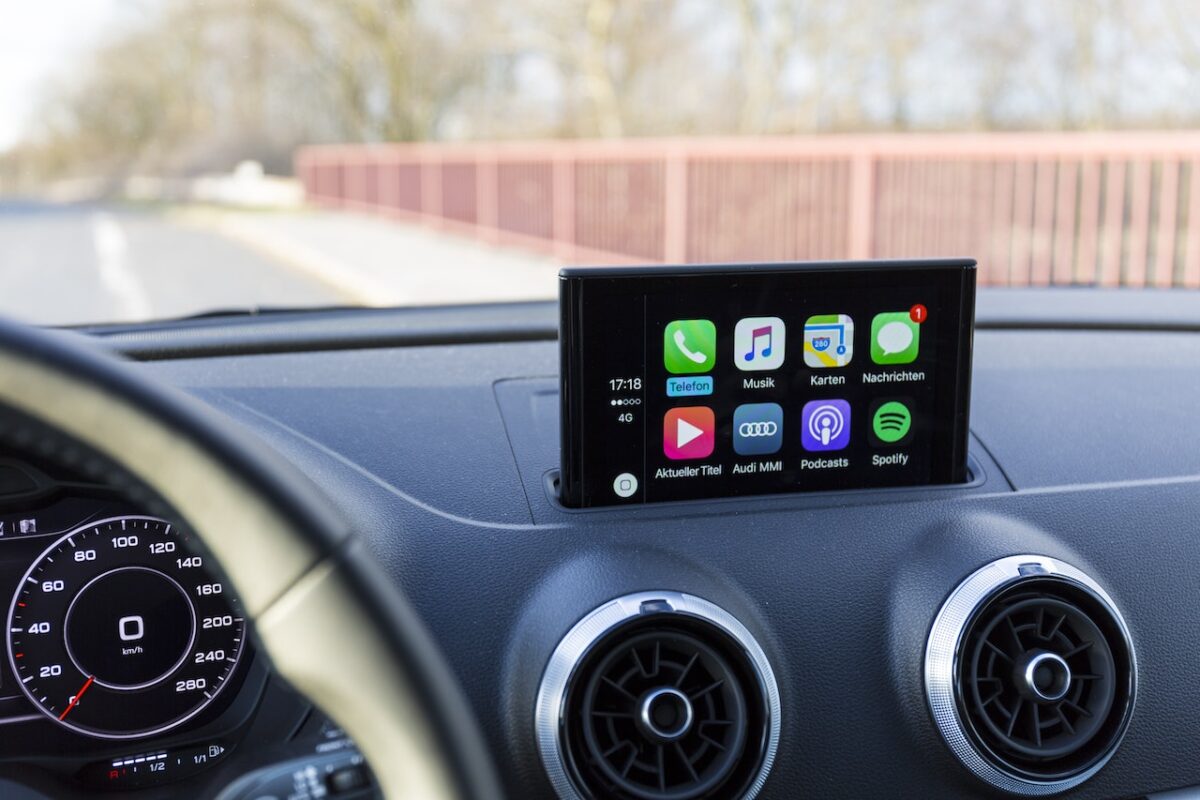Every RV owner should have a comprehensive camper toolkit at their disposal. Routine maintenance and occasional repairs are par for the course when you’re on the road, and being prepared with the right tools can make all the difference.
Having a well-stocked toolkit not only ensures smoother RV trips but also makes maintenance tasks easier. While some tools are essential to keep in the camper, others are better suited for home use. While you may already own many of these tools, investing in a dedicated set for your camper ensures they’re always on hand when needed.
Before assembling your toolkit, take a walk around your camper to identify the types and sizes of fasteners it uses. Ensuring you have the appropriate tools for the job can prevent frustration down the road. After all, discovering you only have Phillips screwdrivers when your camper is held together with Torx screws can quickly put a damper on any repair efforts.
Camper Tools List for Roadside Emergency Repairs
- 10-in-1 screwdriver
- Socket set
- Hammer
- Level
- Large flat-head screwdriver
- Pliers
- Multi-tool
- Tire gauge
- 12V tire inflator
- 110V to 12V converter
- Safety glasses
- Silicone sealant
- Hatchet
- Saw
- Drill
- Drill bits
- Duct tape
- WD40
- Wrenches
- 1/2-inch impact wrench
- Bottle jack
- Lego leveling blocks
- Multi-tester
- Non-contact voltage tester
- Zip ties
Tools to Keep at Home
- Grease gun
- Wash brush
- Floor jack
- Jack stands
- Caulk gun
- RV caulk tube
Essential Camper Tools for Your RV Adventures
Must-Have Socket Set and Wrenches
In my RV, a 275-piece mechanics tool kit is an indispensable companion, always stationed in my truck. This comprehensive set includes ¼, 3/8, and ½ inch ratchets, along with both standard and metric sockets and wrenches. To enhance its utility, I’ve augmented it with additional pliers and screwdrivers, ensuring I’m well-equipped for any unexpected repairs on the road.
While the kit surpasses my immediate needs and boasts an extensive range of sizes, it has proven its worth on numerous occasions. Whether it’s addressing a loose caliper bolt en route to work or resurrecting a dead battery in the Big R parking lot, having the right tools at hand has saved the day.
However, no toolkit is infallible. I’ve encountered instances where specialized sockets were lacking, prompting me to incorporate the necessary additions. Notably, the kit lacked the precise size for the water heater plug/anode rod, prompting me to include it separately. Nevertheless, it’s proficient in managing essentials like lug nuts on both the trailer and truck.
Compact and organized in a plastic case, toolkits like these offer convenience and peace of mind. For those opting for a more modest setup, a ½ inch ratchet or breaker bar, coupled with a small 3/8 inch ratchet and standard and metric sockets, suffices for most camper needs. Topped off with an adjustable wrench, you’ll be well-prepared to address any loose nuts or bolts encountered during your travels.
Essential Toolbox
A sturdy toolbox forms the cornerstone of your camping toolkit, providing a secure home for your gear. Opt for quality over extravagance, ensuring it features a reliable latch. In my experience, a modest 20-inch box accommodates all my essentials, especially since many tools reside in my truck already.
Versatile Screwdrivers
Invest in a 10-1 screwdriver to tackle the majority of sizes and types encountered during your camping adventures. Alternatively, a multibit screwdriver with an extensive bit selection offers versatility. The 10-1 variant covers various common sizes of Philips, flat blade, torx, square bits, and nut drivers, catering to most needs. Additionally, having a robust, large flat blade proves invaluable, doubling as a makeshift pry bar when necessary.
Handy Hammer
A hammer is indispensable for various tasks during your camping escapades. Whether it’s securing tent stakes or rectifying loose nails on picnic tables at your site, a hammer proves its worth. Additionally, consider keeping a hatchet in your camper for kindling purposes, ensuring you’re well-prepared for any outdoor challenges.
Pliers and Multi-Tools
Include needle-nose pliers, channel locks, and a multi-tool in your arsenal. Needle-nose pliers often feature a built-in wire cutter, handy for any unexpected electrical repairs. Channel locks come in handy for pipe repairs or gripping nuts and bolts larger than your sockets or wrenches can manage. A multi-tool is a versatile addition, typically featuring a knife, file, and various extras that prove invaluable in diverse situations.
Essential Level
A level is crucial for ensuring your camper is properly leveled upon reaching your site. While there are levels that attach directly to the camper, I prefer the simplicity of an inexpensive 2-foot level stored inside the camper. Alternatively, a compact 9-inch torpedo level fits neatly into a toolbox and gets the job done efficiently.
Electrical Testers
Two indispensable electrical testers for your camper are the multi-tester and the non-contact tester. These tools are vital for diagnosing and troubleshooting electrical issues, ensuring a safe and functional camping experience.
Other Essential DIY RV Repair Supplies
In addition to your basic toolkit, stocking up on a few extra items can greatly aid in DIY repairs while on the road. Here are some essentials to keep in your toolbox:
- Silicone Sealant: A small tube of silicone is invaluable for sealing up any leaks in seams or joints, ensuring your camper stays dry and secure.
- Duct Tape: As proven by the folks at Mythbusters, duct tape is a versatile fix-all solution for a wide range of repairs. From patching up tears to securing loose parts, duct tape is a camper’s best friend.
- Zip Ties: Zip ties are incredibly handy for making temporary or creative repairs on the fly. Whether it’s securing loose wires or temporarily holding parts together, zip ties can save the day.
- WD-40 or Liquid Wrench: Keep a can of WD-40 or Liquid Wrench handy for lubricating squeaky hinges, loosening stubborn bolts, and tackling any other rust or corrosion issues that may arise.
By having these additional supplies on hand, you’ll be well-equipped to handle a variety of repair situations and keep your RV in top condition during your adventures.
Hand Saws
For your camping toolkit, include a compact hack saw suitable for cutting through metal or plastic. Additionally, a folding pruning saw is indispensable for trimming tree branches or cutting firewood during your outdoor excursions.
Tire Inflator
Ensuring proper tire inflation for both the tow vehicle and the trailer is crucial. Keep a tire gauge and inflator handy in your camper for on-the-go adjustments. Opt for inflators that conveniently plug into the 12-volt power outlet, enabling usage even in remote locations without electricity. These inflators can be connected to either the truck’s or camper’s 12-volt power supply. Consider investing in a 110v to 12v converter, allowing you to utilize the inflator with standard outlets if power is accessible. Besides inflating tires, these versatile tools can also be utilized for bikes and beach toys. While the inflator typically includes a built-in gauge, it’s prudent to also carry a separate digital tire gauge in your truck for comprehensive tire checks. This setup ensures you’re prepared to address any tire issues efficiently, without the need to deploy the inflator unless necessary.
Ensuring Roadside Preparedness
Discovering that your car jack is inadequate on the side of a highway is a situation best avoided. Prior to embarking on your journey, test your jack to ensure it can lift your camper. If it falls short, consider investing in a compact bottle jack tailored for your trailer. Alternatively, Lego-style leveling blocks offer a practical solution for lifting your trailer to change a tire. Construct a sturdy ramp using these blocks, allowing you to elevate the good tire while the flat one remains suspended. It’s worth noting that this method is suitable only for tandem axle trailers.
Prioritizing Safety Gear
Prioritize safety at all times. Safety glasses are indispensable, particularly when performing repairs beneath the camper, shielding your eyes from falling debris. Mechanic’s gloves serve a dual purpose, safeguarding your hands against sharp surfaces and heat while preserving dexterity. Additionally, they provide insulation, ensuring your hands stay warm during chilly tasks.
Essential Power Tools for Camper Maintenance
A cordless drill equipped with drill bits is indispensable for various repairs, such as drilling pilot holes or extracting broken bolts. Failing to pack this tool could leave you unable to perform necessary fixes on the go. Moreover, bringing along the drill offers added convenience, as you can acquire a bit specifically designed to raise and lower stabilizing jacks, enhancing efficiency. Opting for a compact 12-volt drill ensures suitability for camper tasks.
While a cordless impact gun may not be a must-have due to its singular purpose and potentially high cost, it proves invaluable if you already own one or are contemplating a purchase. A ½ inch cordless impact gun facilitates swift tire changes, albeit caution should be exercised to avoid using it on stabilizers, as its strength can damage threads.
Remember to pack chargers to ensure uninterrupted usage, particularly for drilling additional holes or tackling stubborn lug nuts. Preparedness is key to resolving unexpected challenges while on the road.
Essential Tools for Larger RV Repairs at Home
In addition to the tools mentioned previously, maintaining a few additional items at home can greatly aid in the upkeep of your camper. Consider expanding your screwdriver collection, acquiring more varieties of pliers, and adding a broader range of sockets to your toolkit. While not essential, an air compressor for tire inflation can prove superior to smaller inflators, although it’s not deemed a necessity.
The following tools are recommended for home use but are not required to be taken on the road with you. They serve as supplementary resources for more extensive repairs or maintenance tasks conducted in a controlled environment.
Upgrading Your Lifting Equipment
While bottle jacks serve their purpose, floor jacks offer superior performance. These jacks, equipped with rolling mechanisms and extended handles, boast impressive lifting heights, making tire changes, bearing greasing, and brake inspections a breeze. However, due to their bulkiness and weight, they are not ideal for packing in the camper. Additionally, investing in a pair of jack stands is advisable; I personally use a 3-ton model, but the appropriate size depends on the dimensions of your truck and trailer.
Essential Maintenance with a Grease Gun
To ensure your trailer glides smoothly along the highway, regular greasing of the wheel bearings is essential. Each hub features a grease fitting compatible with a grease gun. Although grease guns can become messy, they are indispensable unless you’re embarking on an extended road trip. For compactness, consider opting for smaller models that can be neatly stored in a container. Consult your owner’s manual to determine the most suitable grease for your trailer’s needs.
Ensuring Seal Integrity with a Caulk Gun
Similar to maintaining your home bathroom, periodically re-caulking the seams in your camper is crucial. Invest in RV-specific caulk to ensure optimal performance and longevity of seals.
Preserving Appearance with a Wash Brush
Protect your investment by maintaining the appearance of your camper. Regularly washing it once or twice a season not only preserves its aesthetic appeal but also prolongs its lifespan. A dedicated wash brush can help you efficiently clean your camper and keep it looking its best.
Concluding Thoughts on Essential Camper Tools
Equipping yourself with the appropriate camper tools, whether at home or on the road, is instrumental in ensuring smoother journeys and minimizing frustration when issues arise. If there are any tools I may have overlooked in this list that you’ve found indispensable or wished you had during unexpected mishaps, I encourage you to share your insights in the comments below. After all, it’s often the tools we didn’t realize we needed until we’re faced with a repair situation that truly make a difference. Your feedback and experiences are invaluable in refining our understanding of what constitutes the ideal camper toolkit.









